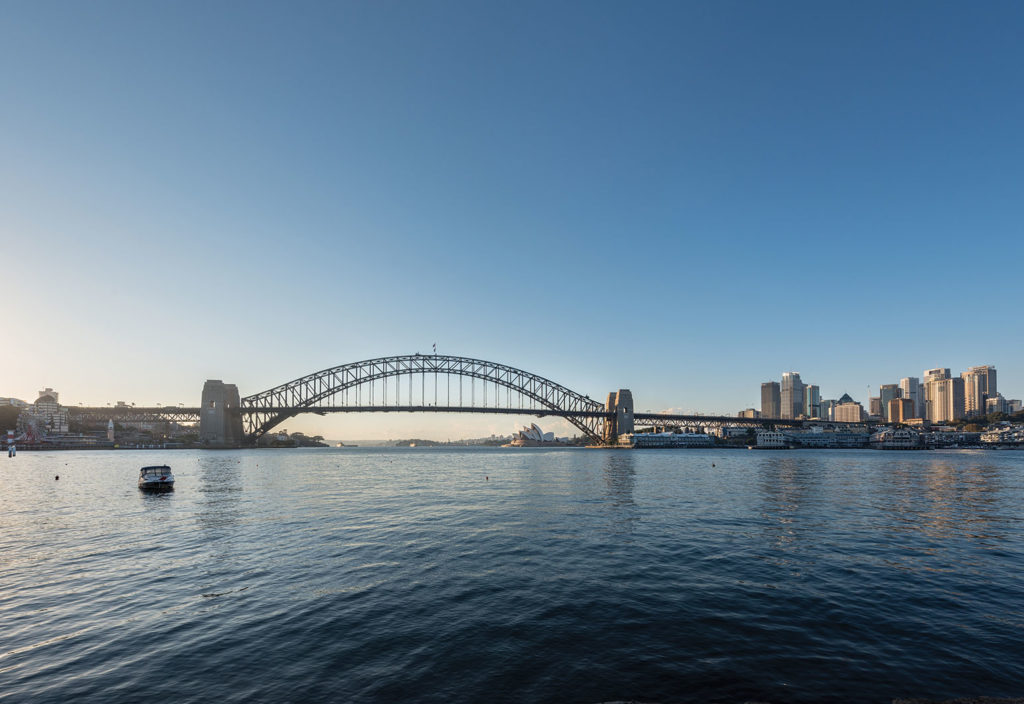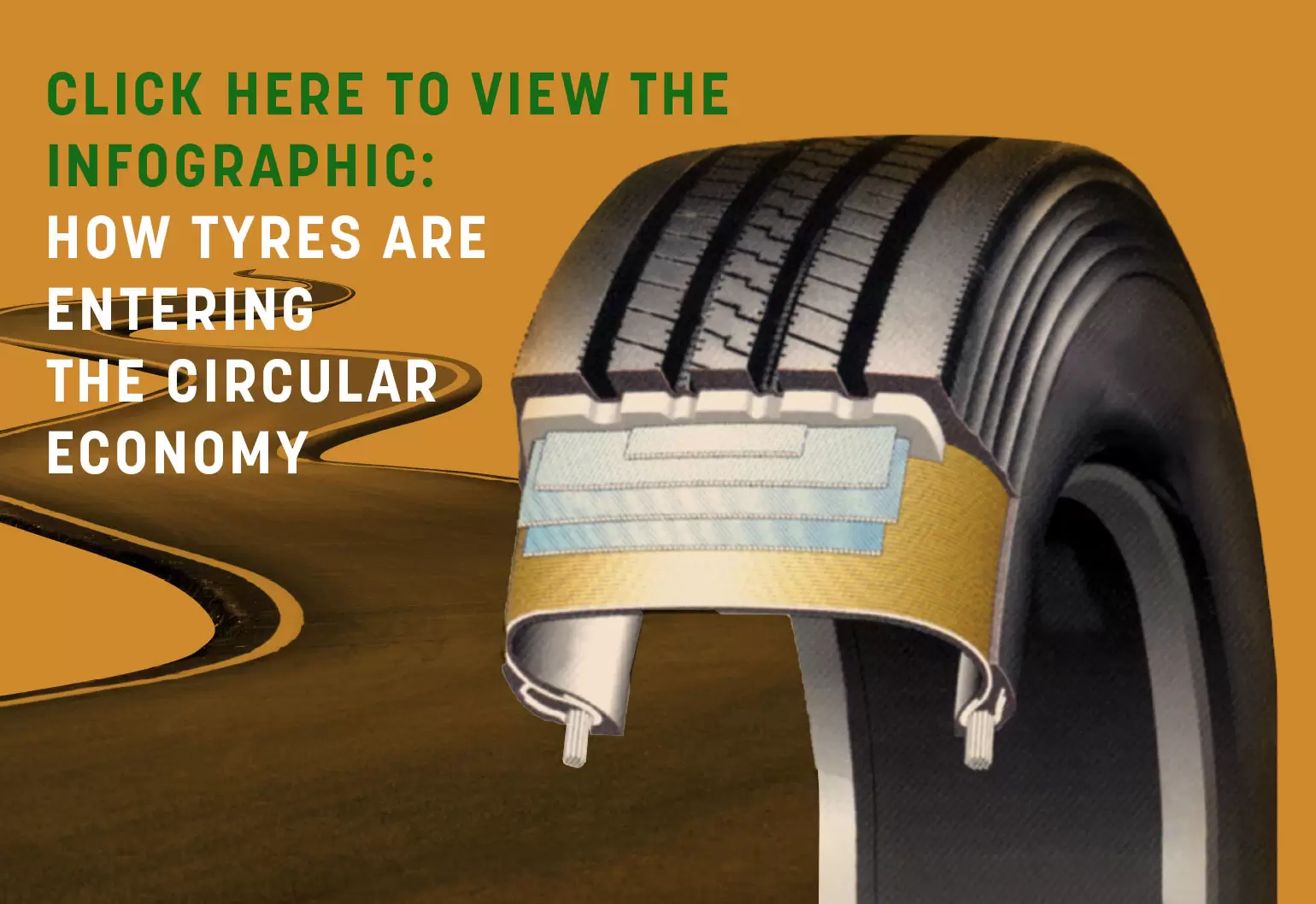To understand the absolute necessity of a properly circular economy, imagine you’re in lockdown in one room of your home. Everything coming in has to stay in the room with you, writes chemical engineer and Greener Technologies founder Ashley Brinson FIEAust CPEng.
Hungry? Charge up the mobile phone and order some eats! Oh… you need energy first.
To mark World Engineering Day for Sustainable Development (4 March), we asked change-makers how engineering is shaping our lives.

A few meals later, you realise you’re beginning to drown in plastic that simply cannot be recycled.
Then there’s the food waste and you need clean water.
With today’s practices, you realise you simply cannot deal with all of the waste. The room is quickly overwhelmed, just like many parts of our planet are right now.
A circular economy is, quite simply, the idea that everything we manufacture we have to live with forever. It means we have to manufacture things that are very high quality. It also means we don’t need 100 pairs of disposable bamboo chopsticks, or food delivered in plastic containers.
We need things that are durable and have lasting value.
If we require a power tool for a job, we don’t need to own every tool sold at Bunnings. We might just need a place where we can borrow that tool for a weekend.
Implementing a circular economy requires a combination of designing better goods at the beginning and breaking the pattern of the take-make/use-dispose economy. For engineering, it’s about looking at how we make something not just high quality, but also capable of being rebuilt, remanufactured or refurbished.
This results in cycles of designing, producing and buying goods that are capable of having durable value and that are not throwaway.
Rather than disposing of and repurchasing the goods we need, we can maintain one and ensure its long life.
Besides reduced waste, the circular economy also builds the local economy. Refurbishment spending is local economic activity, close to home. The capabilities and skills are local.
We don’t need to drive long distances or ship in from other countries the things we need to live our lives.
I have engineer friends who think a circular economy means going down to the landfill, picking out waste, and manufacturing it into something new.
While recycling is an essential cornerstone of the circular economy, it is necessary, but not nearly sufficient, for what we require.
Manufacturing waste into a new product should be the avenue of last resort. Really, we must make things that don’t get thrown away.
That’s the philosophy currently adopted by high-quality manufacturers in Germany and high-quality designers in California.
They want to create products that last 25 to 50 years.
We, as engineers, have to take that same kind of attitude towards public infrastructure. We must build it to last, for the total lifecycle cost and the total lifecycle carbon footprint.
Look at the Sydney Harbour Bridge — it has served its purpose for almost 90 years. We didn’t have to throw it away and build another one 20 years after it was erected.
Sydney’s Central Station is another example of great design and enduring value.
That kind of design thinking guides circular economy engineering.
This year, when people in India posted social media photographs of clear skies with no air pollution and a generation saw for the first moment in an entire lifetime the wonder of the Himalayas unobscured by smog, humanity had a moment to reconsider the impact of the modern throwaway economy.
Internationally, certain geographies and economies are taking a more progressive step forward into this space.
In Australia, there are leading cities and states and there are laggards. But the European Union has a more consistent approach.
Already having a price on carbon, the EU is now looking at goods coming into the common market and saying that if goods made in a “dirty” economy come into their “clean” economy, they will put a border entry price on those goods.
Engineers need to be science and technology communicators. We need to have rational conversations with people about matters that are technical and economic.
If we don’t do this, bad policy decisions that are not driven by what is good for society — or even for industry — will creep in.
The need for a circular economy is real. We are locked in a room with our own waste. Engineers have the technical prowess to provide the solutions to help us live well in that room.

